Siri Hermanski, "A Framework for New Ruralism"
Siri's thesis is based on a true story. About two decades ago, her sister, Ume, bought a 100-acre farm in Nova Scotia with a group of friends. At first, they all lived in the property's existing farmhouse, as 20-something housemates. Over time, they split into families and built their own homes on the property, a few hundred metres apart.
The group incorporated the farm as a land trust, meaning it's jointly owned and bound by a restrictive set of covenants that ensure the land is collectively managed and conserved. One resident runs a commercial organic farm. Another is the principal of a successful sustainability consultancy. Siri's sister and her husband run a biomedical instruments company out of a workshop on the premises.
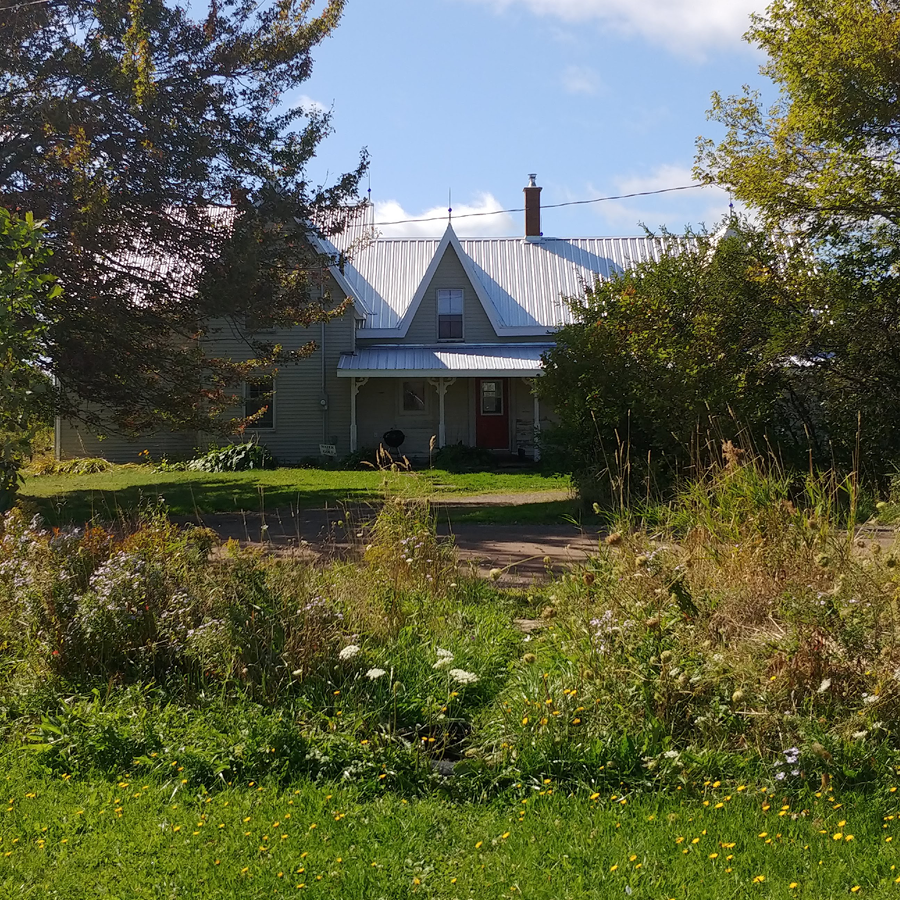
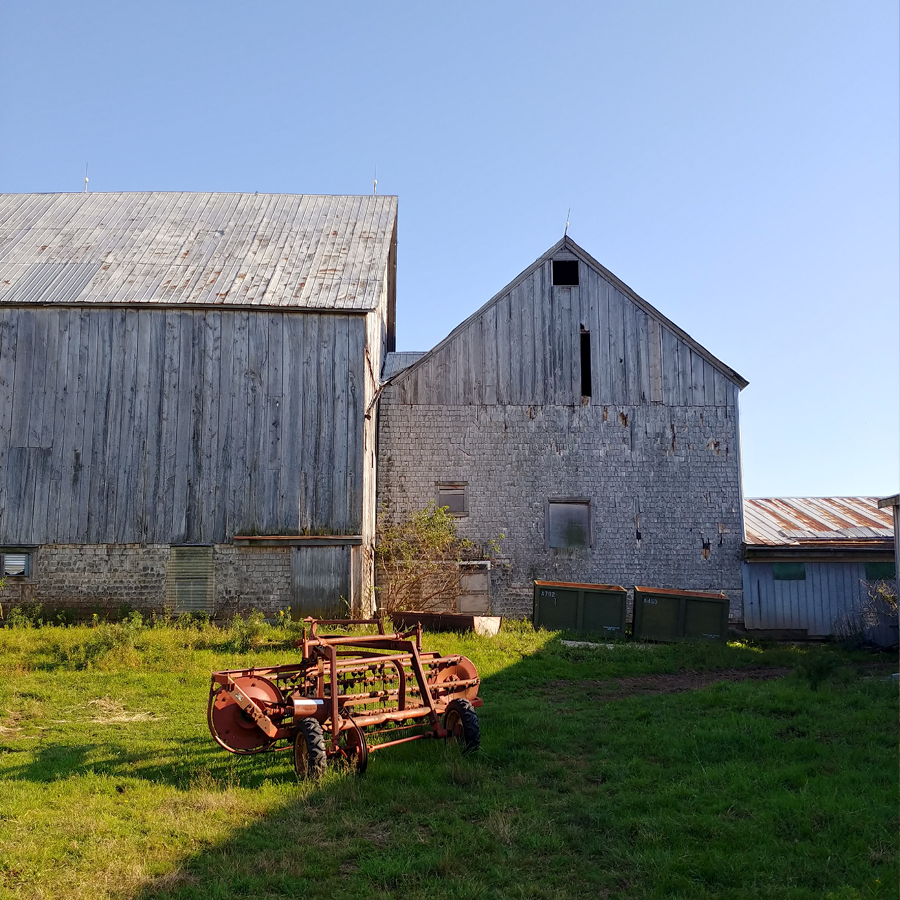
Photographs of Siri's site, her sister's shared farm in Nova Scotia.
Now, the farm's residents are starting to think about ways of expanding their social circle. They've begun hosting an annual summer festival for about 200 people, and they've begun toying with the idea of inviting more families to live permanently on-site.
"The challenge that they've faced is social isolation, which is a big problem in a rural setting," Siri says. "That's why they want to bring in more people."
For her thesis project, Siri attempted to create an integrated plan for the community's expansion.
As part of that expansion, Siri decided that she would plan some public-facing amenities. "What I was trying to do was create a dense community that wasn't shutting out the outside world," Siri says. "They really wanted to interact with the surrounding community. They didn't want to be a gated community or a commune."
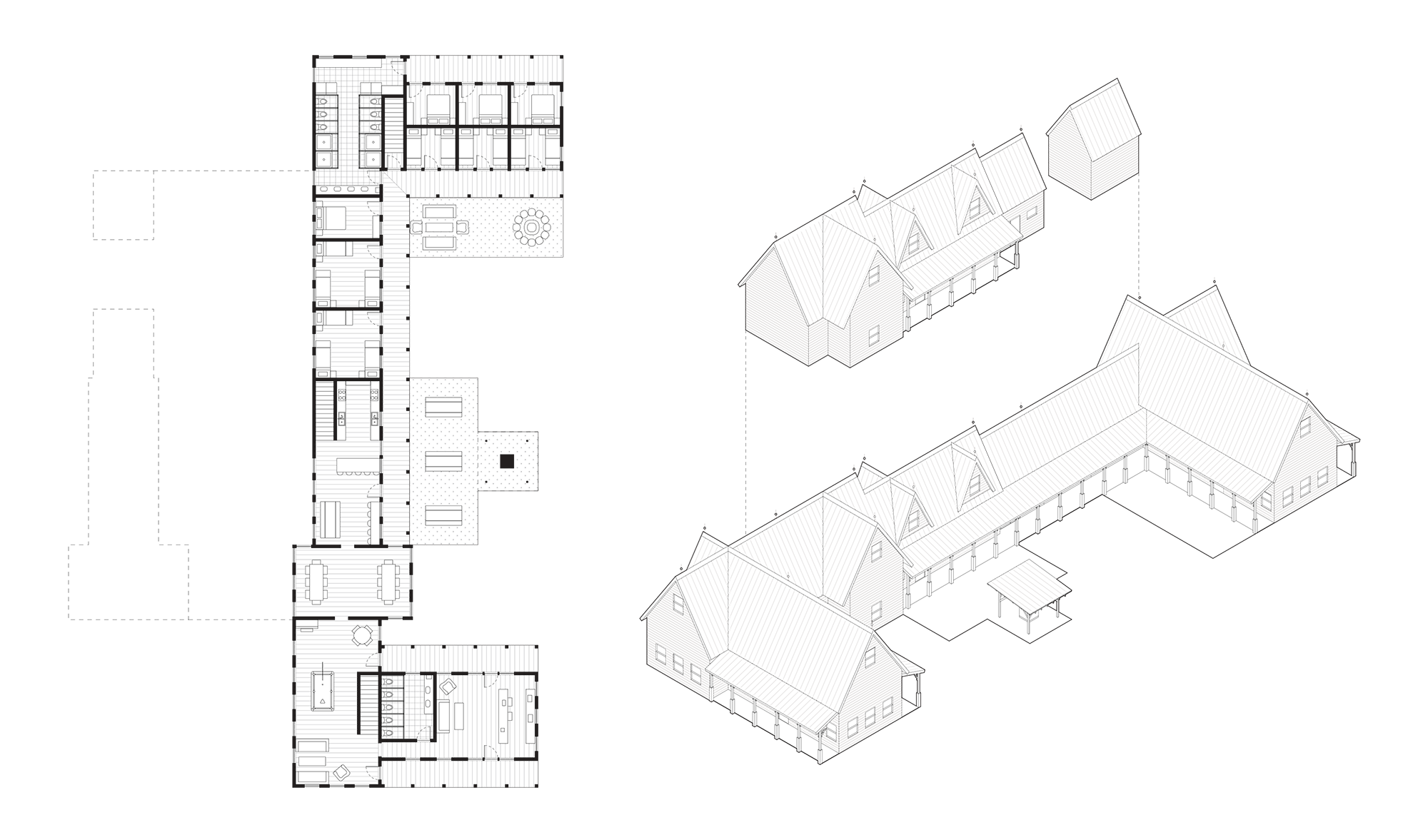
A drawing showing Siri's plans for converting the site's farmhouse into a hostel. (Click here to see a larger version.)
Siri's plan begins by transforming the original farmhouse — the one where the farm's owners lived before splitting into individual households — into a hostel. The presence of rentable sleeping space would give the farm a small tourism industry, ensuring a steady flow of visitors.
The farm's original barns would be retrofitted into a combination brewery and exhibition hall, which would give visitors something to drink (beer) and something to do (attend events). The final public building would be new construction: a store and café, facing a nearby highway. The fridges and shelves would be stocked with produce grown on the farm.
Siri knew, from conversations with her sister, that the farm's owners were contemplating adding as many as 50 new permanent residents. Because some of those residents would be family units, Siri assumed that her plan for the farm would need to allow for about 12 new private homes.
Siri decided to design all 12 homes in detail. She tried, at first, to design for imaginary residents, but found that approach to be creatively limiting. "I decided to take a more serendipitous approach," Siri says. "And so I asked 12 people that I know if they could tell me what their dream homes were in detail. I gave them total freedom. I didn't influence them at all. I just asked them to describe what they really would want. And then I took their ideas and designed buildings, all in a regionalist Nova Scotia style."
Here are a few of the homes Siri designed.
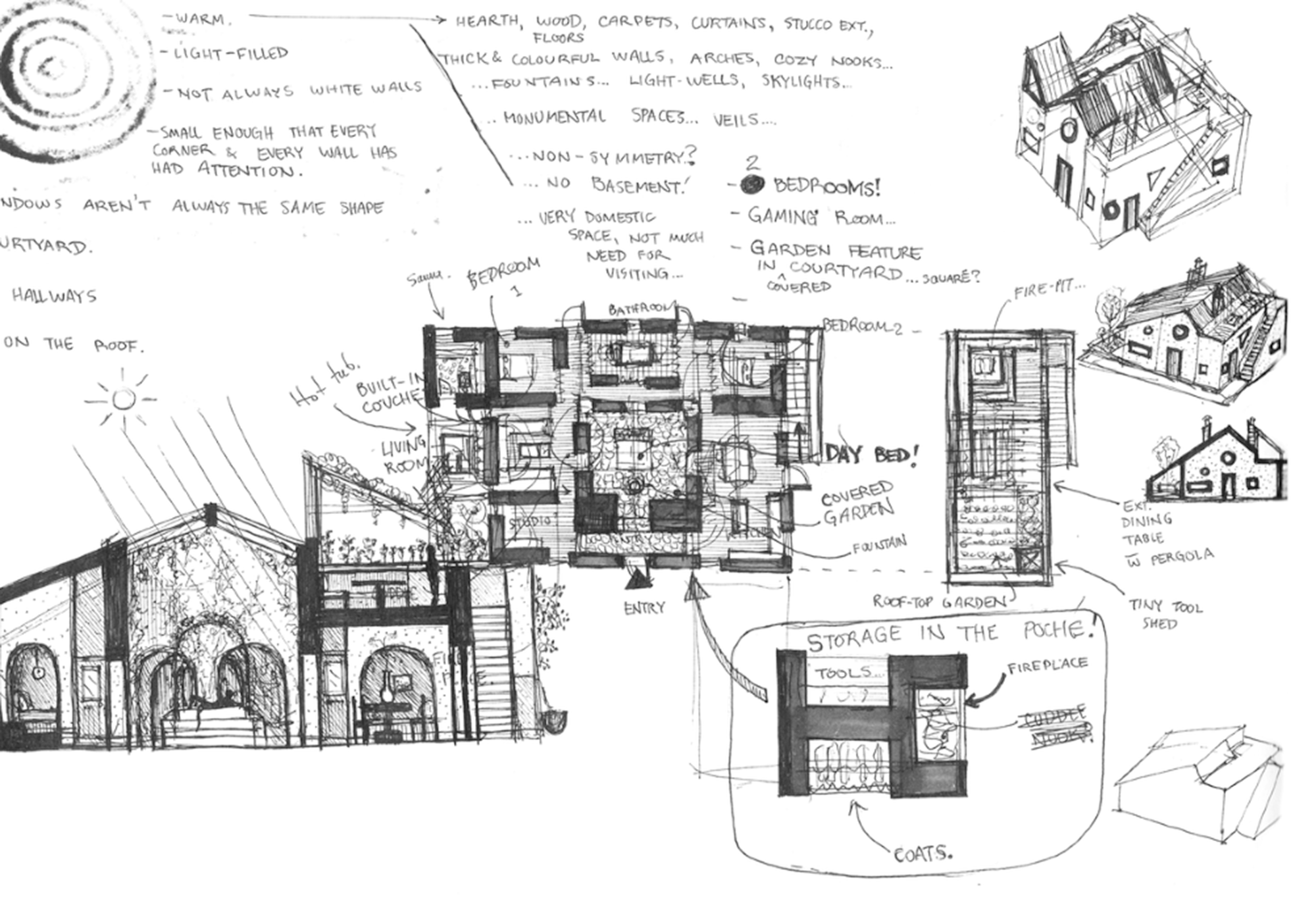
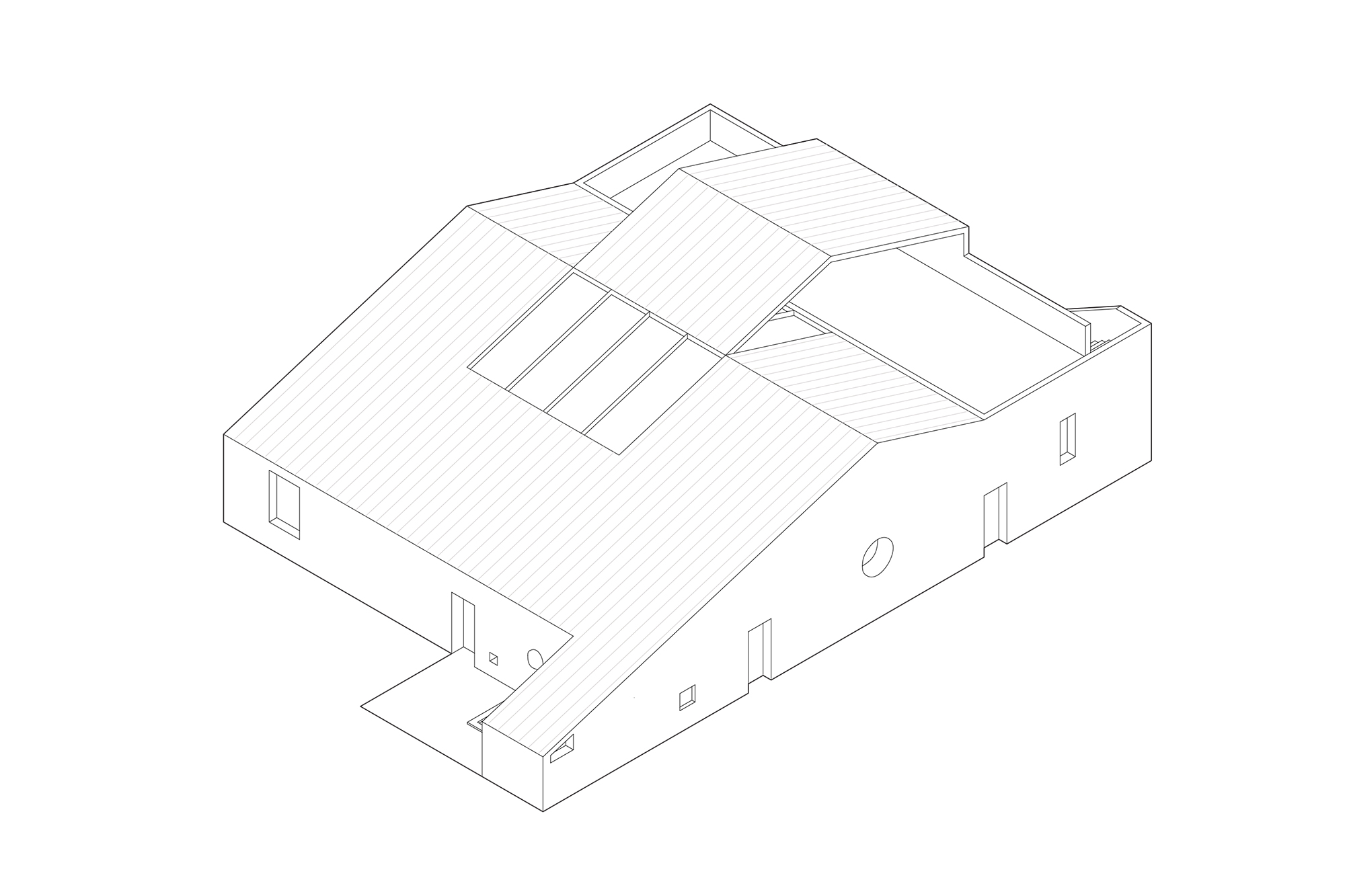
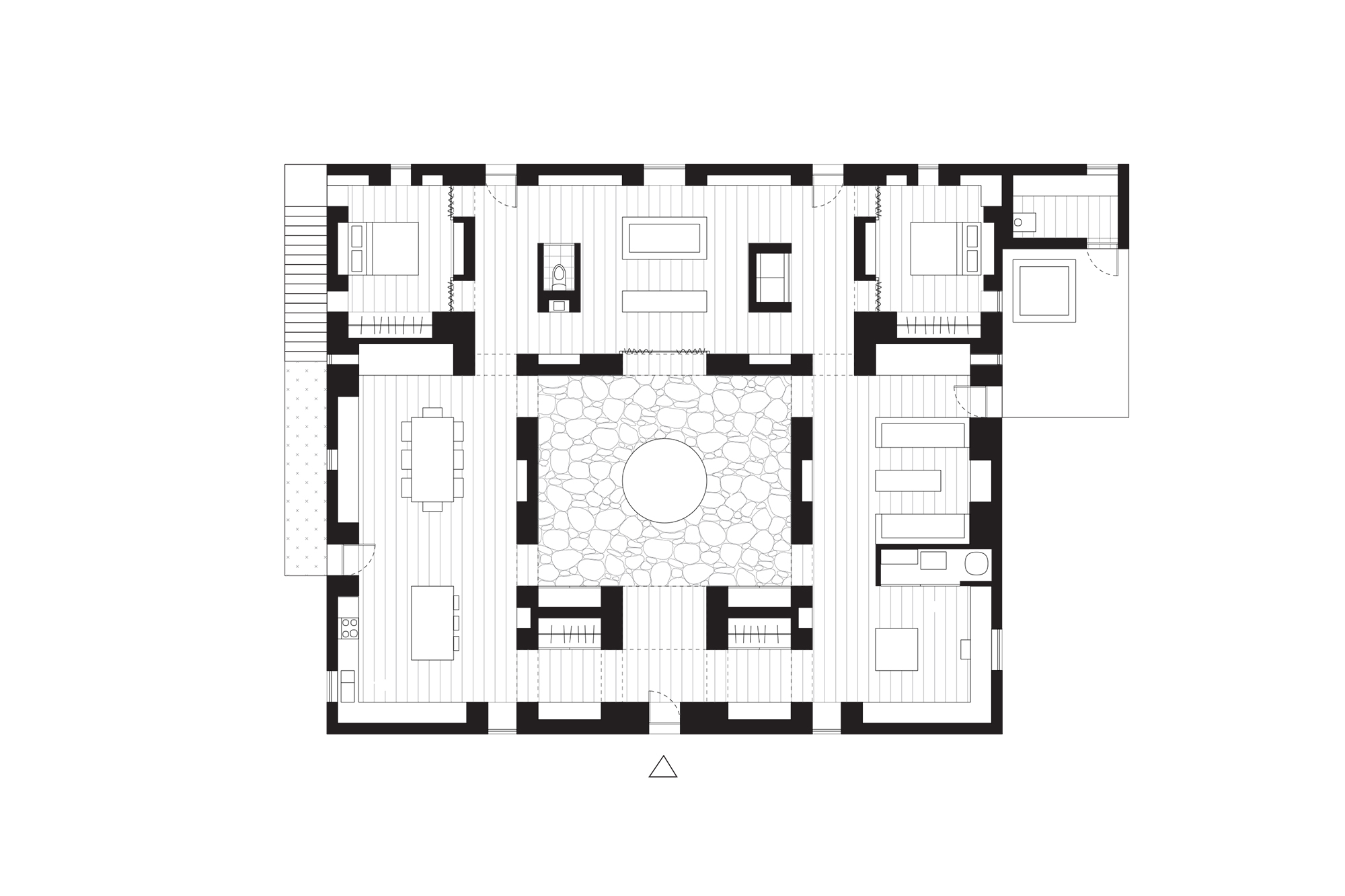
To Bathe in the Open.
This home, titled "To Bathe in the Open," was created for someone who prized access to light and air. "Her requirements were no hallways, lots of arches, thick walls, breezy curtains, and an amazing bathroom," Siri says. "I had just been to Greece the previous summer, so I was thinking of a Mediterranean feel."
The space in the centre of the floor plan is a bathing area with a large skylight.
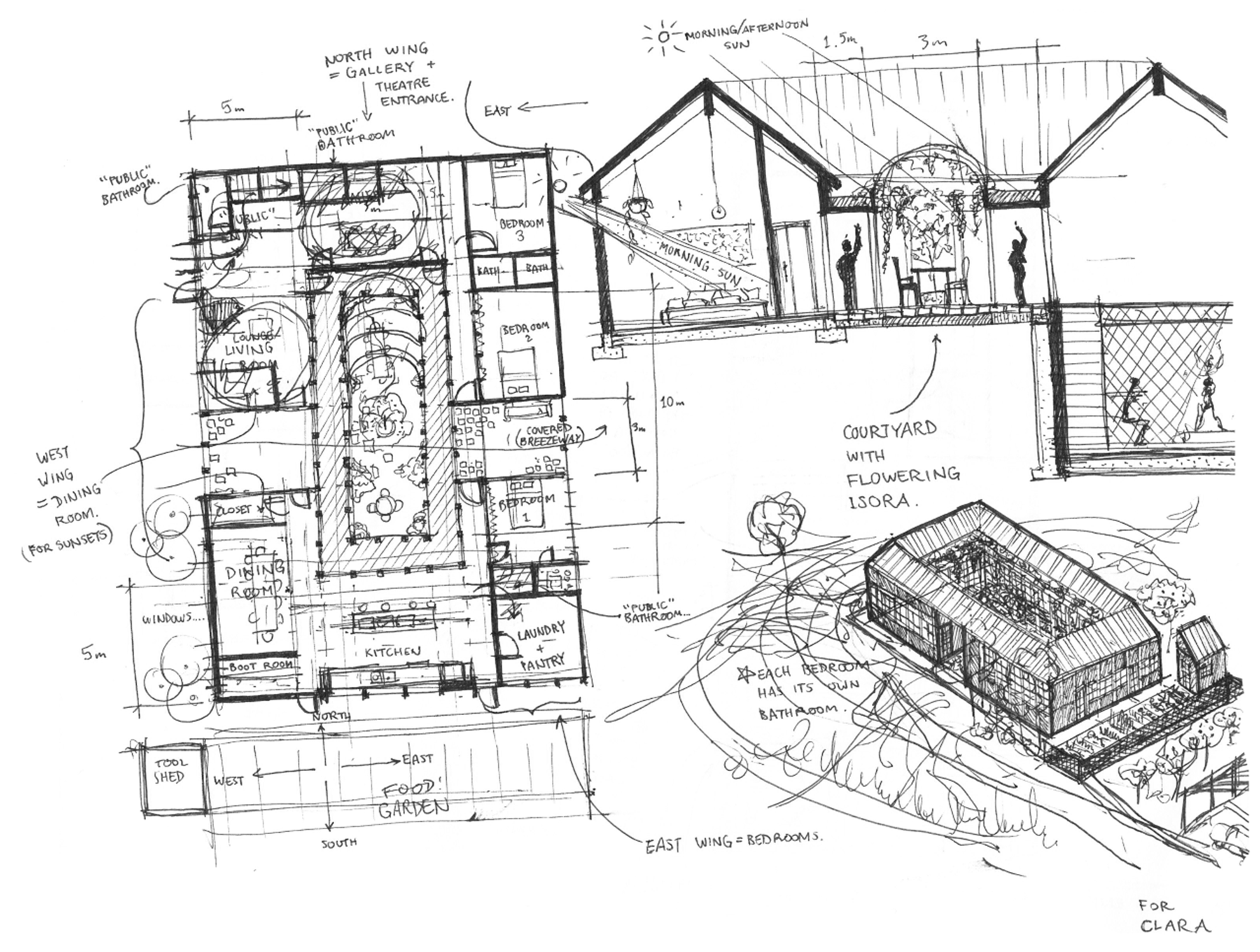
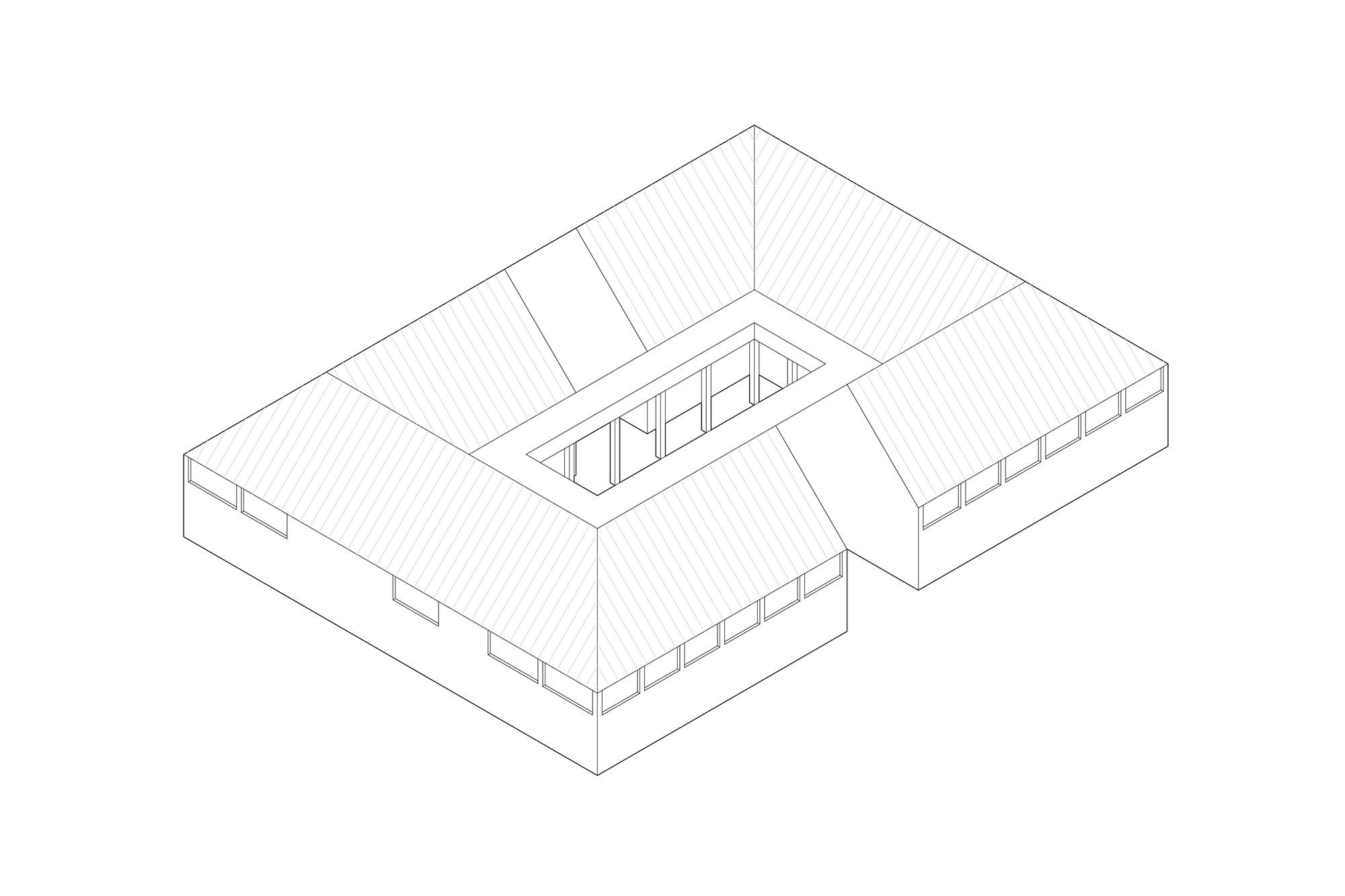
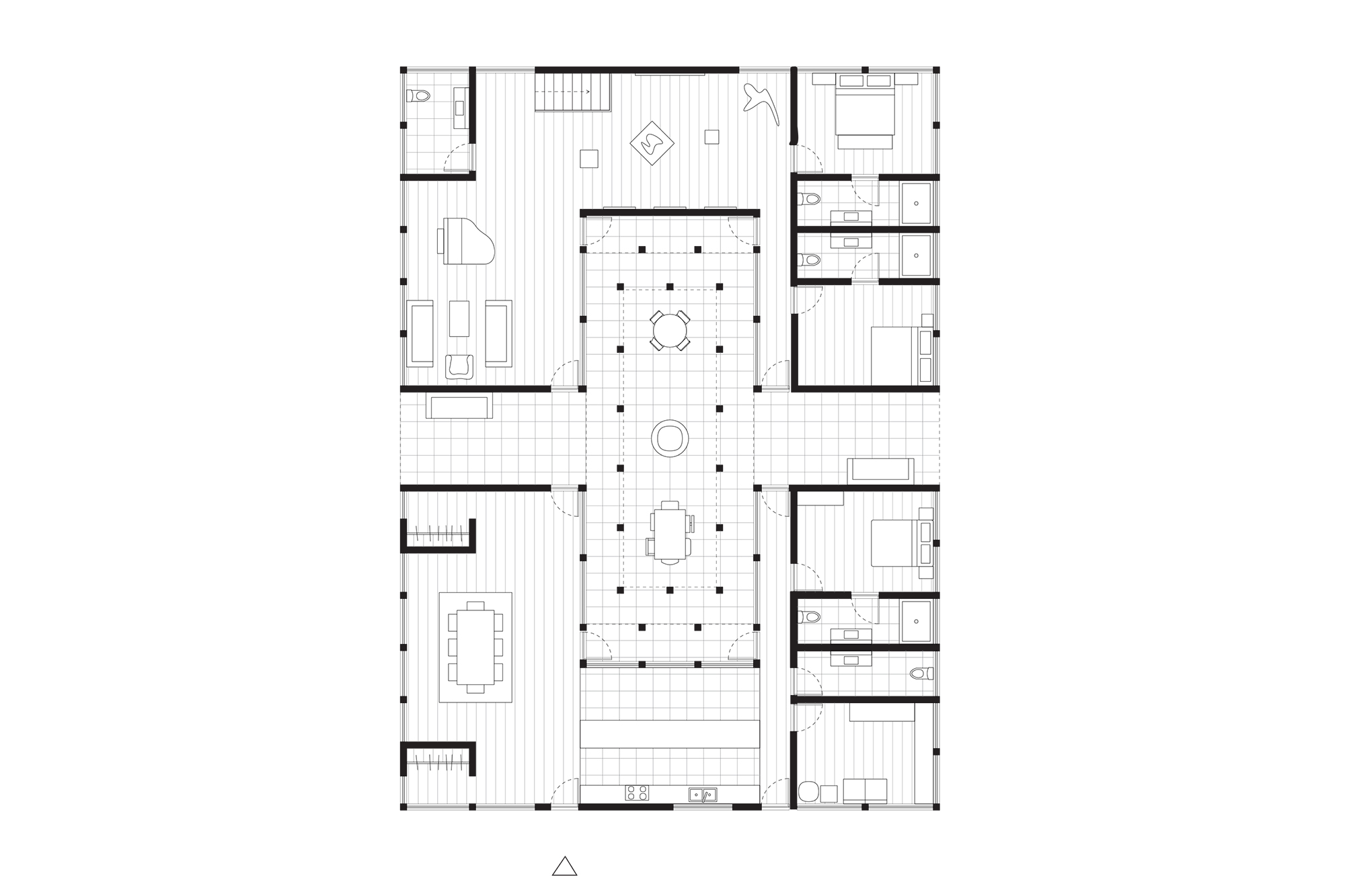
A Flowering Isadora in the Courtyard.
Siri called this design "A Flowering Isadora in the Courtyard." It was created for someone who wanted to live with two other people: a sibling and a roommate. Siri created some privacy for the home's residents by splitting the home into two halves separated by a central courtyard with a colonnaded sitting and dining area.
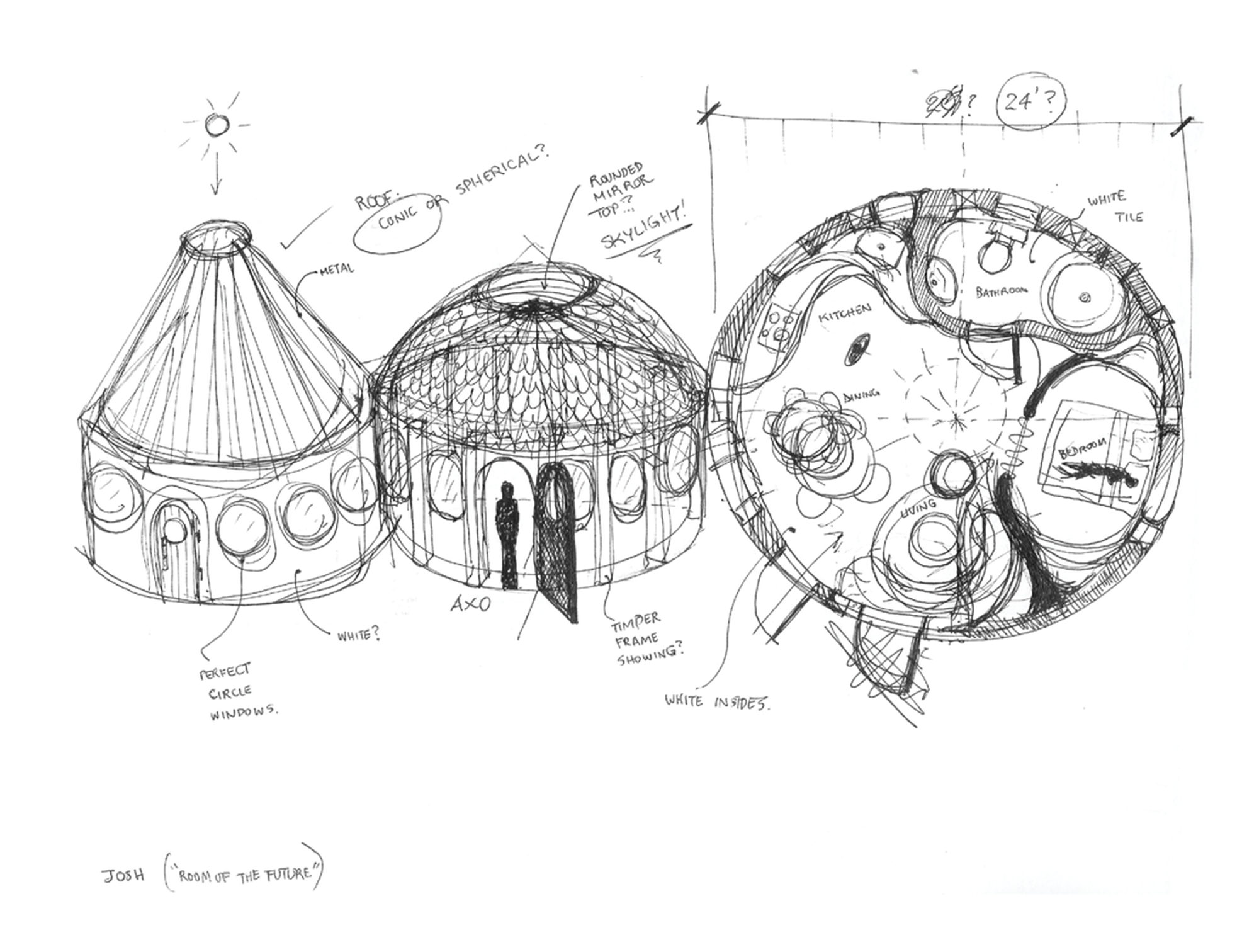
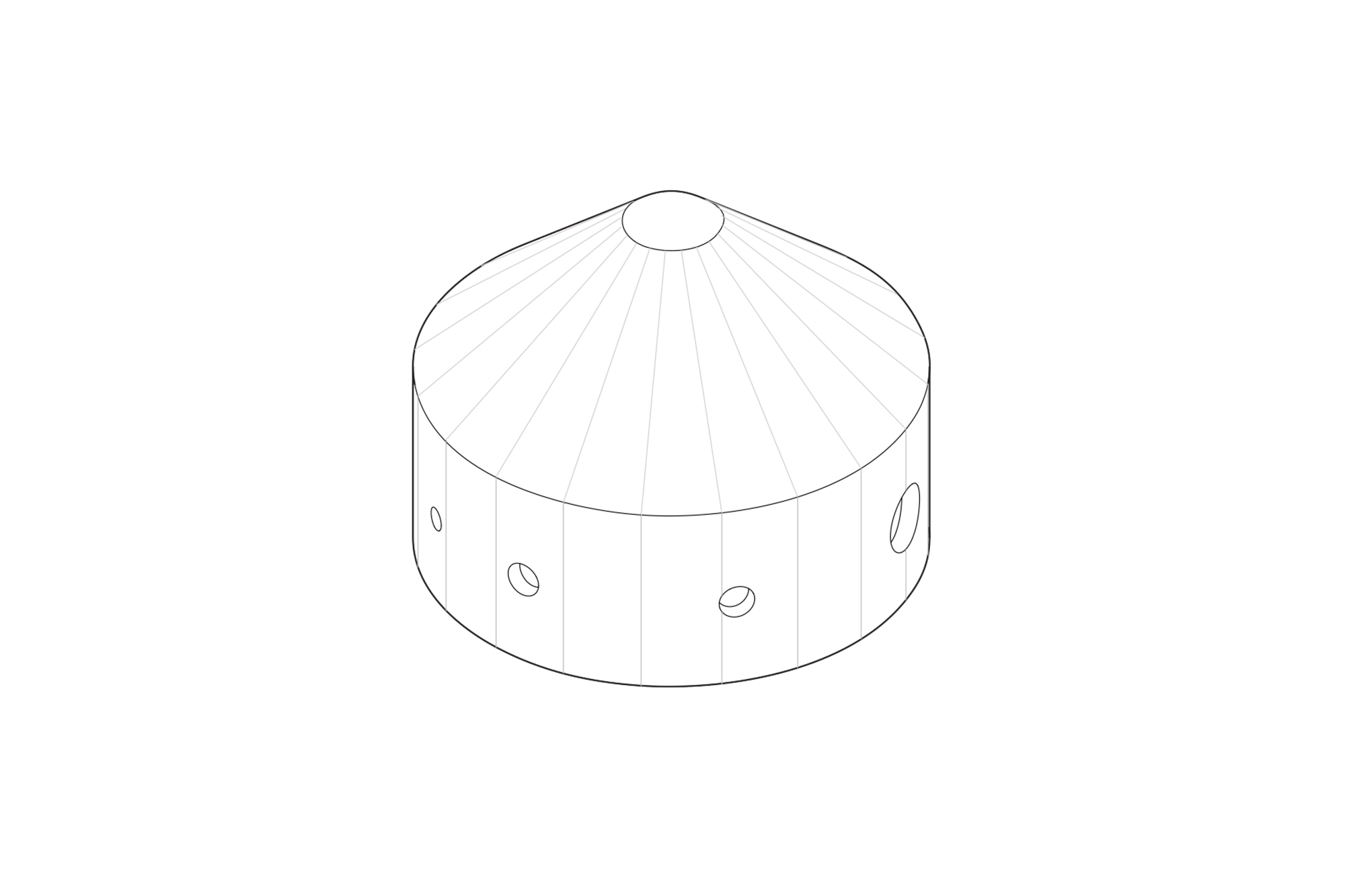
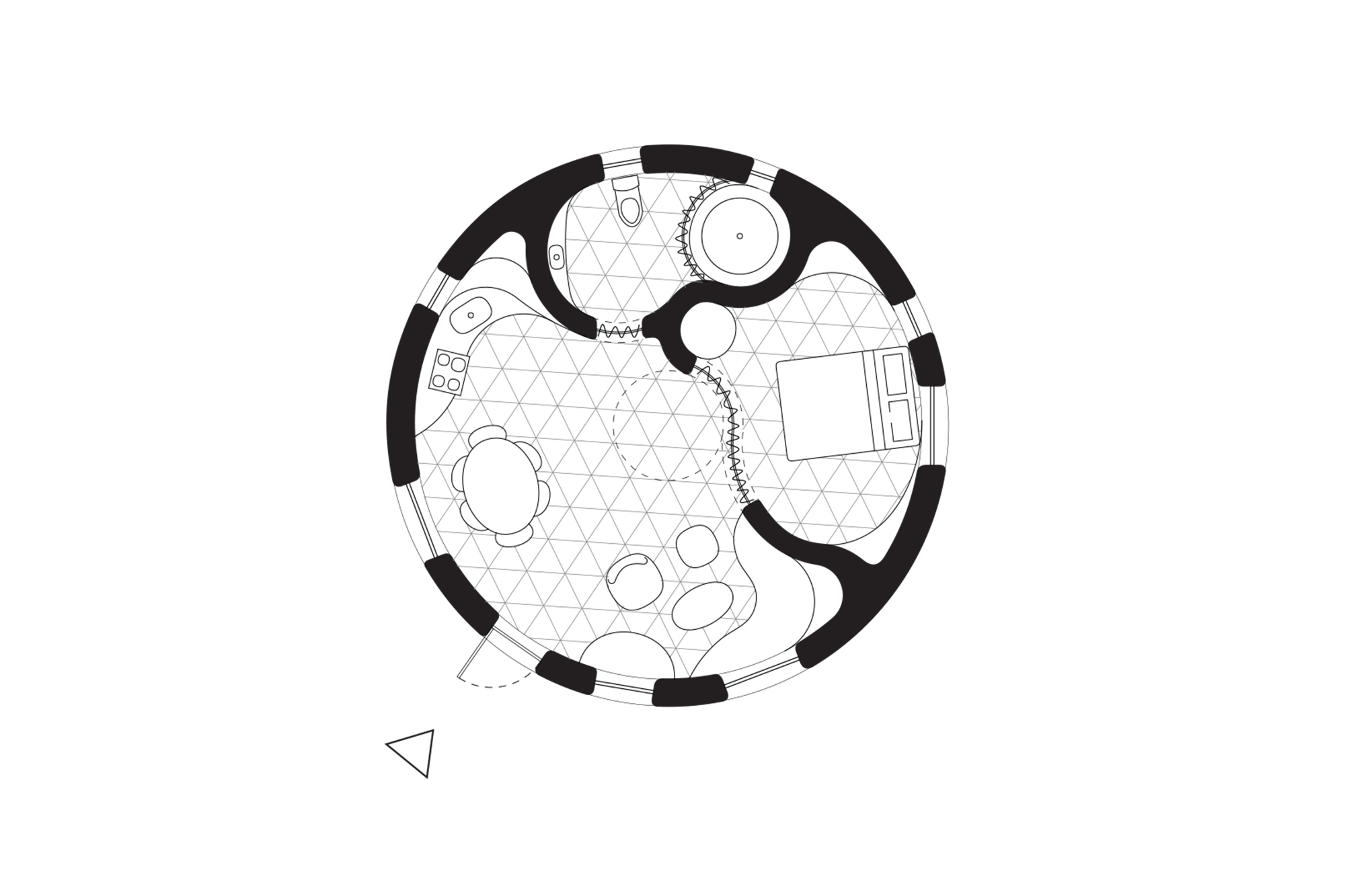
Room of the Future: The Cocktail Edition.
This home, "Room of the Future: The Cocktail Edition," was designed for someone whose only requirement was a place where he could live alone, drink cocktails, and have the occasional friend over to talk about philosophy. "When he heard 'dream house,' he literally told me about a dream he had, where he was in a room that had all rounded surfaces, like a 1950s idea of what the future would look like," Siri says.
Siri arranged her 12 new homes into a site plan, which she designed to preserve as much farmland as possible while at the same time fostering a liveable community.
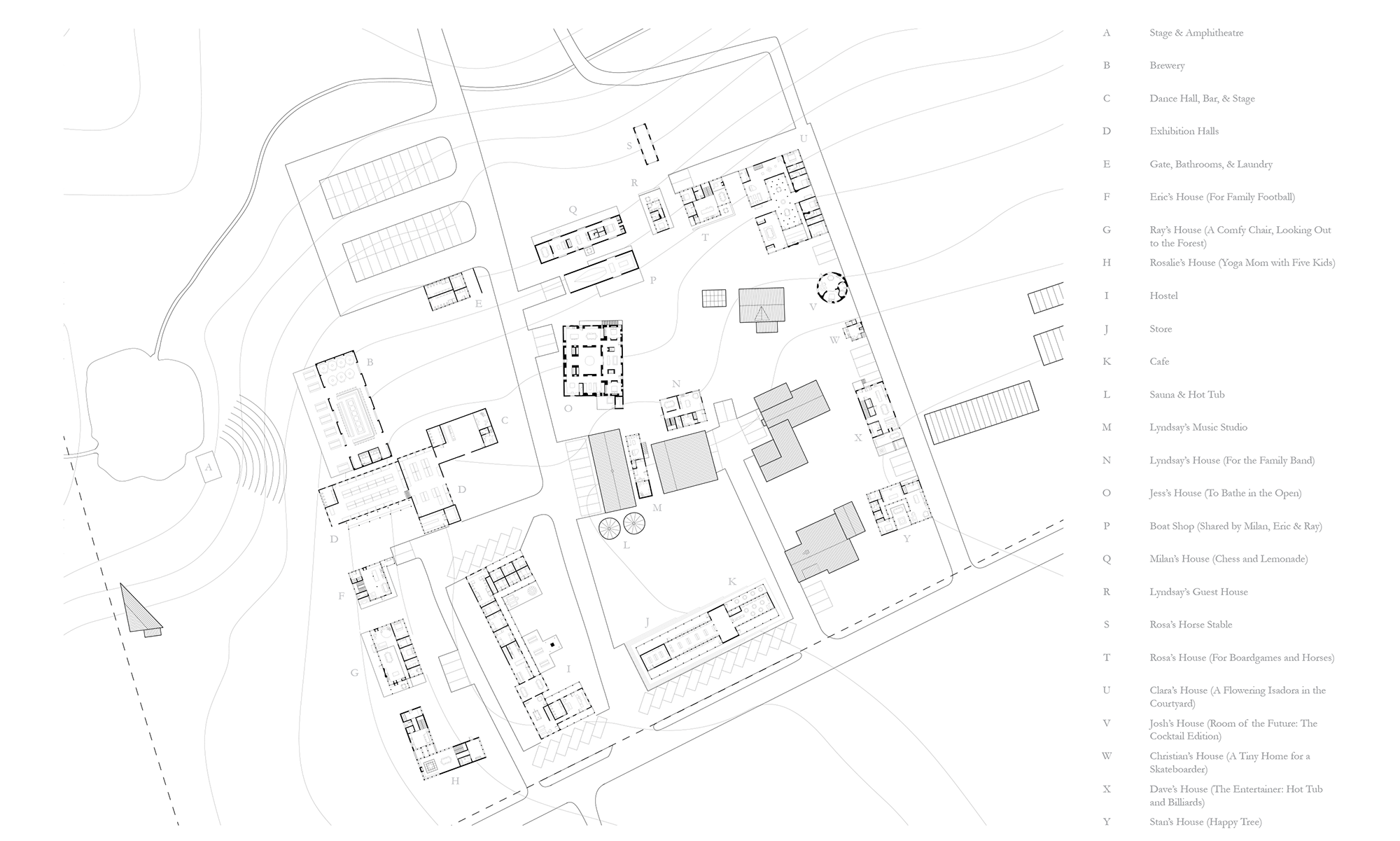
Siri's site plan. (Click here to see a larger version.)
"I attempted to create exterior domestic loops where people could walk around each other's homes without this feeling that they were invading someone else's yard," Siri says. "There's connectivity and porosity throughout the entire site. And no fences."
(Advisor: Mason White)

